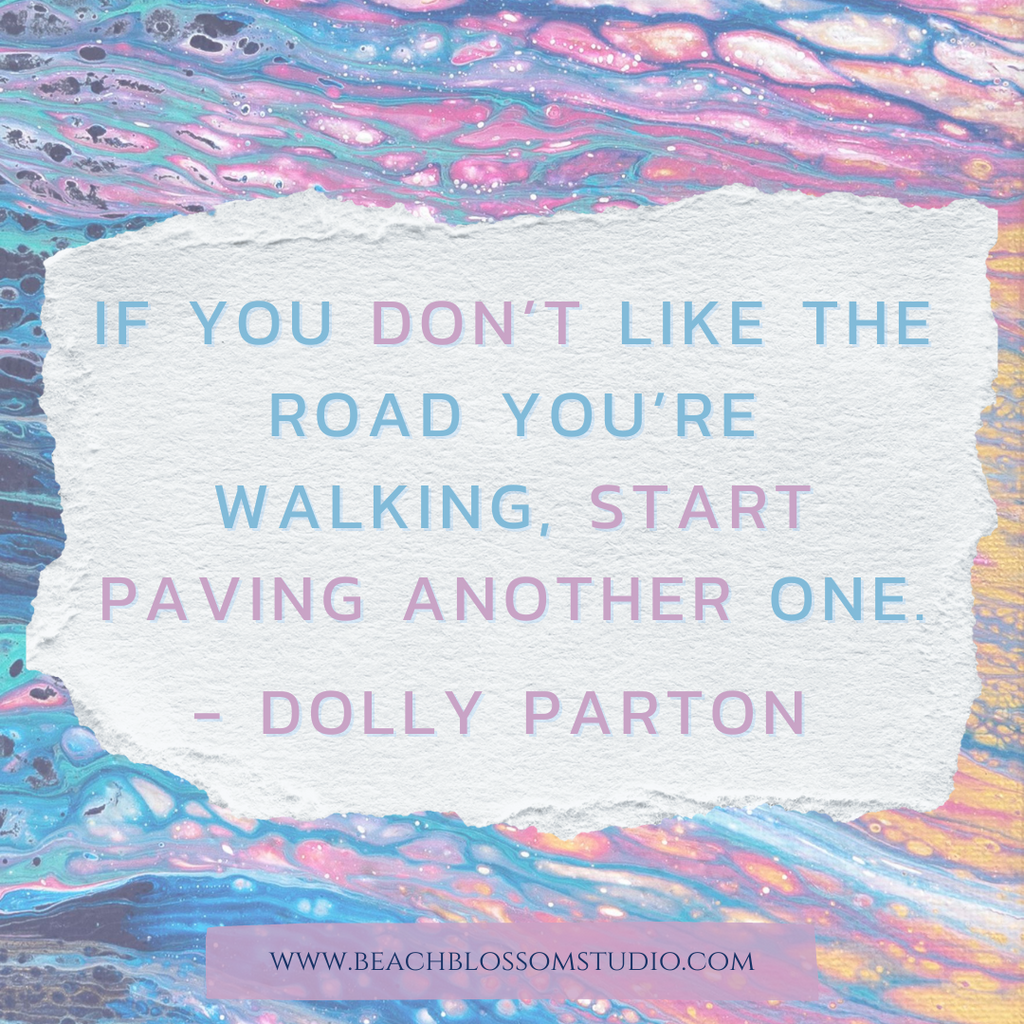Think you can't change? Many of us already know that we need to improve our state of well-being in order to extend our lives as we age. Making changes is traditionally difficult, but the good news is that it's never too late to make changes for the better.

Understanding the Psychology of Change
Making lasting changes is not a straightforward process. It requires a deep understanding of the psychology behind human behavior and transformation.
Motivation and willpower are often the initial drivers of change. However, relying solely on willpower can be unsustainable in the long run. Motivation can fluctuate, and willpower can be depleted. To uncover the secret of making changes that last, it's essential to tap into deeper motivations and develop strategies that reduce reliance on willpower alone.
The Prochaska and DiClemente Transtheoretical Model outlines five stages of change: pre-contemplation, contemplation, preparation, action, and maintenance. Recognizing which stage you are in can help you tailor your approach to making lasting changes. The maintenance stage, in particular, focuses on sustaining the achieved change, making it a critical phase in the process.
The Crucial Role of Goal Setting
Setting clear and realistic goals is a foundational step in making lasting changes. Goals provide direction and purpose to your efforts.
Utilizing the SMART (Specific, Measurable, Achievable, Relevant, and Time-bound) criteria when setting goals is essential. A SMART goal is one that is specific in its description, measurable to track progress, achievable within your capabilities, relevant to your overall objectives, and time-bound to provide a deadline for achievement. For example, instead of saying, "I want to lose weight," a SMART goal would be, "I want to lose 10 pounds in the next three months by exercising for 30 minutes five days a week and maintaining a balanced diet."
Breaking down larger goals into smaller, more achievable steps can make the process less overwhelming and enable you to track your progress more effectively. This approach allows you to celebrate small victories along the way, providing positive reinforcement.

The Power of Habits
When it comes to making lasting changes in our lives, one of the most potent tools at our disposal is the power of habits. Habits are the routines and behaviors we perform almost automatically, often without conscious thought. They can either propel us forward toward our goals or keep us stuck in unhelpful patterns. Understanding how habits work and how to harness their power is crucial to making lasting changes.
Breaking down your goals into smaller, manageable steps is a powerful way to use the habit loop in your favor. Each small step you complete becomes a mini-habit with its cue, routine, and reward. Celebrating these small wins provides a sense of accomplishment, triggers positive feelings, and reinforces your commitment to your larger goals.
For example, if your goal is to write a book, the cue might be sitting down at your desk, the routine is writing for a specific amount of time, and the reward is the satisfaction of progress made. By repeating this cycle daily and celebrating the completion of each writing session, you build momentum and increase the chances of making lasting changes.
Practical Strategies for Making Lasting Changes
Accountability can be a powerful motivator. Share your goals with someone you trust or join a group with similar objectives. The sense of responsibility to others can help keep you on track and provide encouragement when motivation wanes.
Be prepared for setbacks and challenges. Life is unpredictable, and there will be times when your progress stalls or you face unexpected obstacles. Instead of giving up, adapt your approach, learn from your setbacks, and keep moving forward. Flexibility is key to lasting change.
Practice self-compassion throughout your journey. Change can be challenging, and it's essential to treat yourself kindly, acknowledge your efforts, and avoid self-criticism. Self-compassion not only boosts your resilience but also helps maintain your motivation when things get tough.
To make a lasting change, you start wherever you are and stretch a tiny bit more each time. If you fall off the wagon, or experience resistance, identify the cause or circumstances— who you were with, where you were, or your emotional state. The key is to get up and get back on the path again. You may go back and forward a few times because making a lasting change is hard. Your level of readiness to change will determine how successful you are, and how much time it will take. But you need to be ready, able, and willing to make change happen.

Final Thoughts
Remember that the journey of making lasting changes is ongoing. Keep learning about your goals, yourself, and the strategies that work best for you. Stay open to new information, adjust your approach as needed, and embrace change as a dynamic process.













